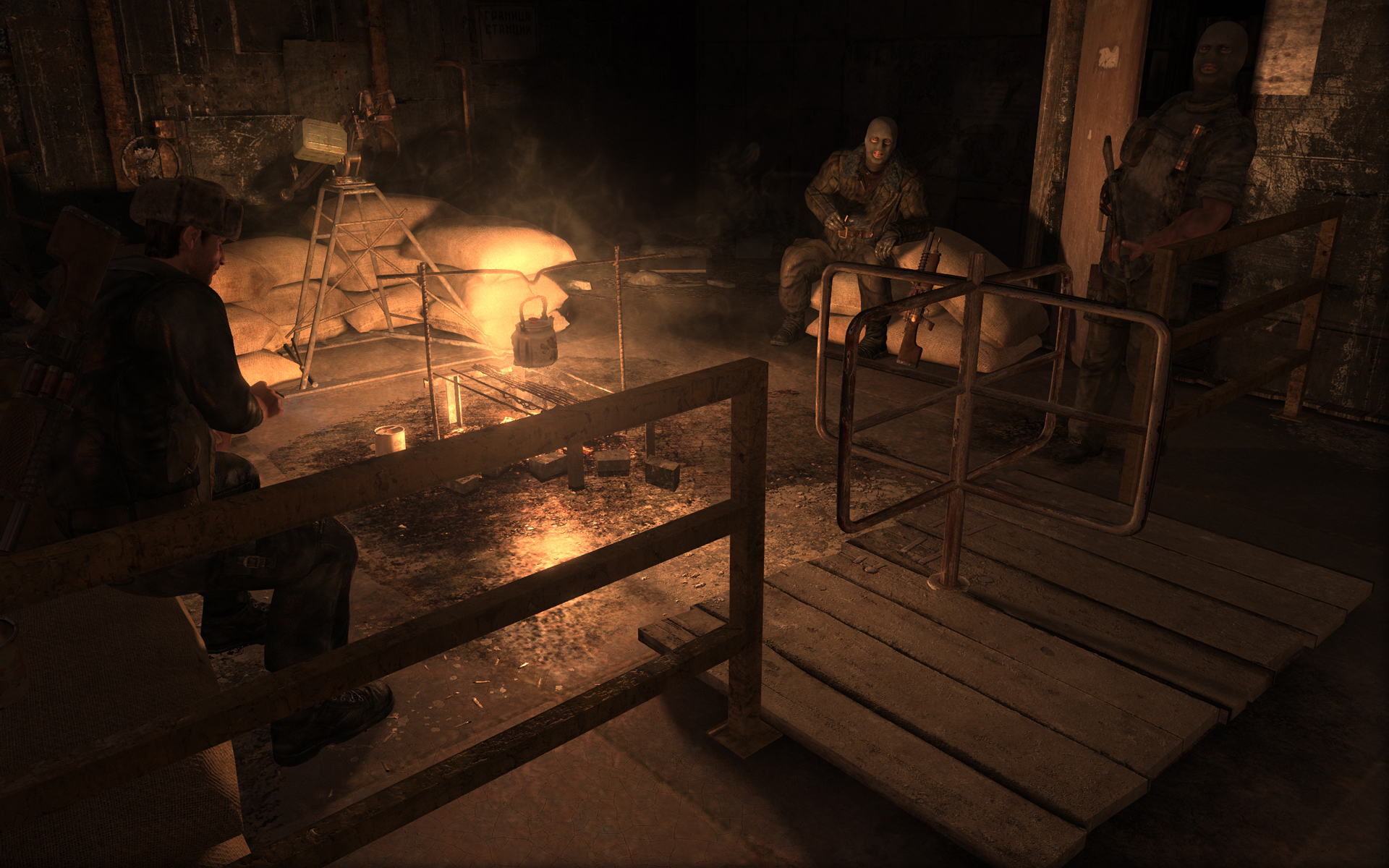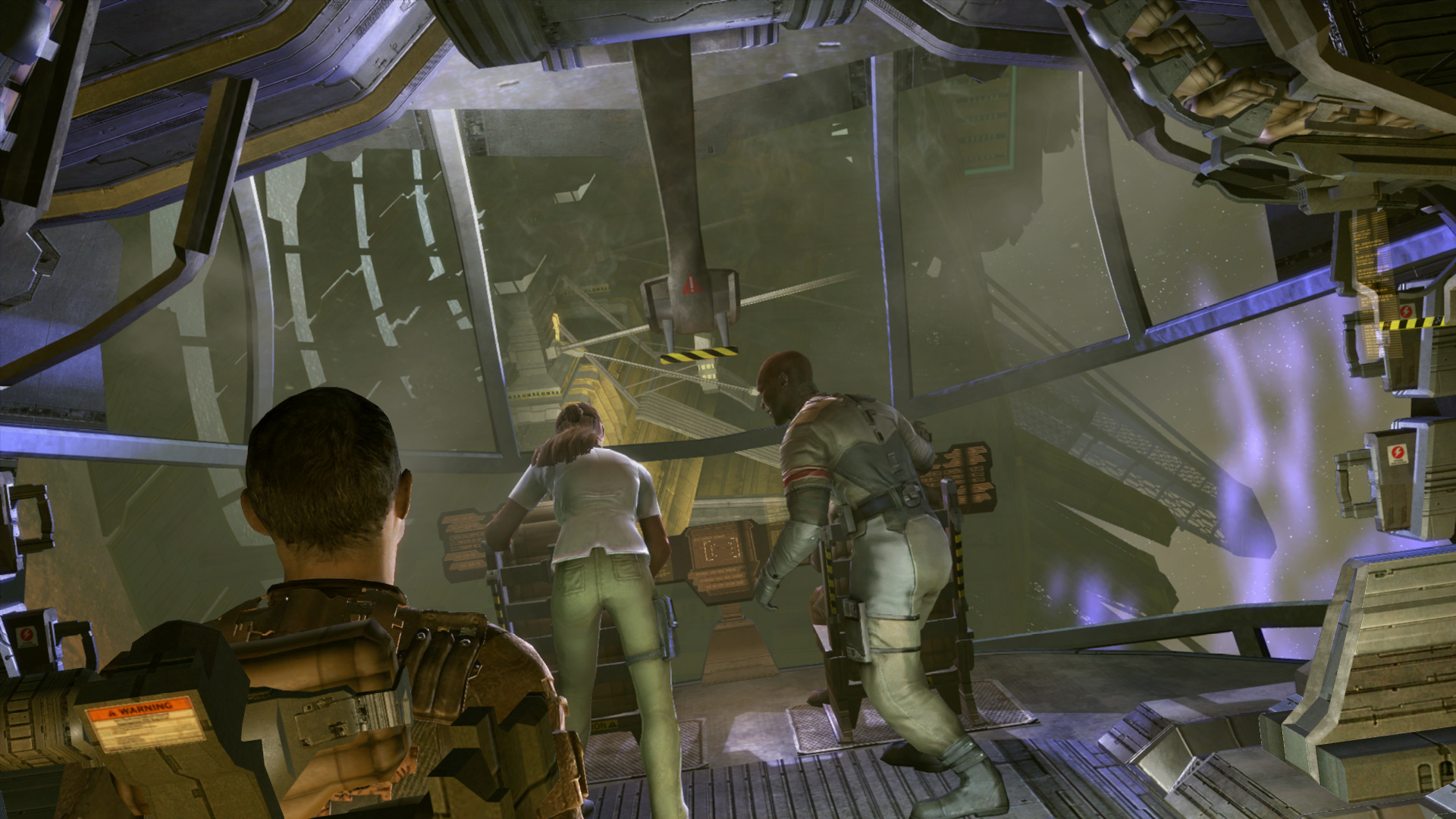There is no 4xMSAA game I have seen (maybe you have and if so I would like to see) that can match IQ of Cell-based MLAA games.
All mlaa based games are less sharp due to the simple nature of current mlaa, it will soften texture details to an extent. Note that if you are using a 1080p tv with a ps3 and relying on it's upscaler then you probably won't notice because tv upscaling is generally crappy and will already blur the image. If you have a good quality upscaler, or have a 360 to compare to since it has a quality upscaler, then the sharpness difference between any game with mlaa and a game with msaa (or no aa) can't be missed. Mlaa is no where near as appaling as qaa which totally decimates image quality, but mlaa still does soften it. How much depends on the nature of the games art.
Look at the Bones Forest level in Castlevania for example. That game looks very sharp and has lots of fine texture details. It's art style means mlaa would be a horrible choice for that game because it would soften those details. Whether or not people actually notice is another debate, but the softness is there. There is no way around it, it's due to the way present mlaa tech works.
Remember that much of the shock, at least to me, came from early claims that mlaa was equal to 32xMsaa. So like many other people I was eager to see it in action, and like many other people I was shocked to see that in reality it often isn't even as good as 4xMsaa, and it affects final image quality negatively in some ways. The problem is when people make bold and rediculous claims, when that happens don't be surprised when others come out and openly wonder what in heck people are talking about.
In the end just read the papers on mlaa to get a feel for why it can't fix edge shimmering and texture softening in it's *current* form. That will at least give people a better understanding of it's limits. Then play a game with 4xmsaa on 360 or pc and compare it to any mlaa based game on ps3. Note, do *not* compare mlaa to a ps3 game with 4xMsaa because that will not give you a proper comparison unless you know for a fact that your tv has an excellent upscaler. That's because as mentioned on ps3 + 1080p tv you are dependant on the tv to upscale the final image, and like it or not most are not of very good quality. So compare any mlaa game to 4xMsaa games on 360 or pc if you want to get a feel for how much mlaa is softening the final image. The new Castlevania will make that point staggeringly clear regarding texture sharpness, in particular on the Bones Forest level.
Note that mlaa is a moving target and evolving so all these issues might be fixed over time. But right now they aren't. Also note that much of this is academic since msaa isn't compatible with many deferred renderers out there. So the choice comes down to mlaa, taa, or no aa (currently). Mlaa is better than the taa implementations I've seen so far. When comparing to just going with no aa, it depends on the art style. With God of War art style there aren't as many fine details so maybe it's worth living with slight softening of the image. With a game like Castlevania though I would hate to have all that sharpness and fine detail lost. For KZ3 which is a fast moving shooter, mlaa is fine since you aren't really hanging around looking at details, if you did you'd likely get shot in the head.
Finally to throw in a more on topic question, where are you guys getting the single player demo that I read about here and there? I've only been able to play the mp demo.


